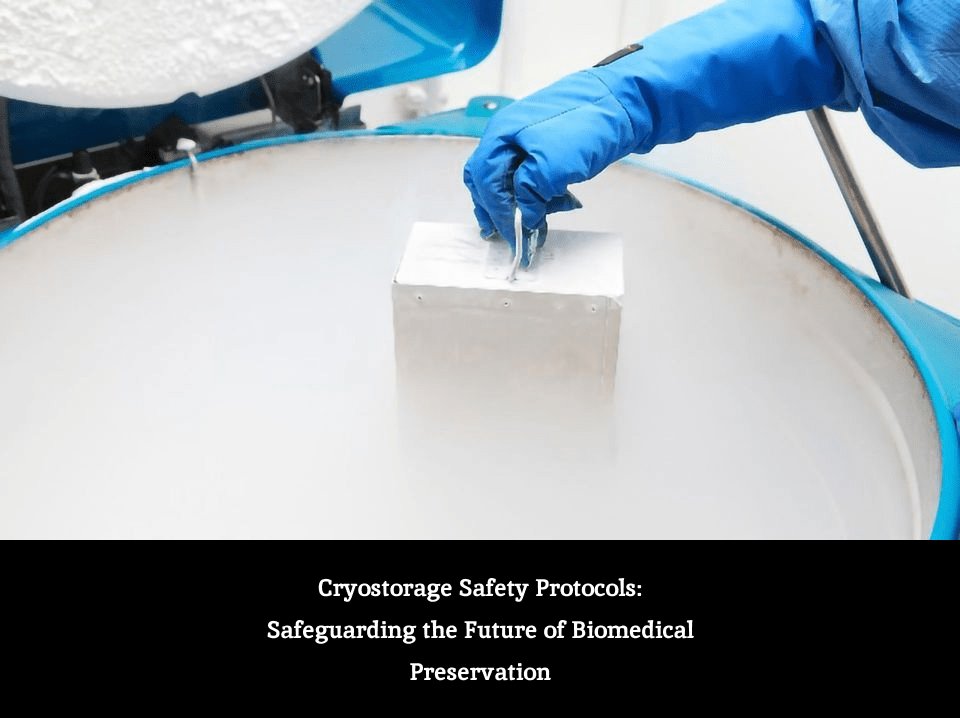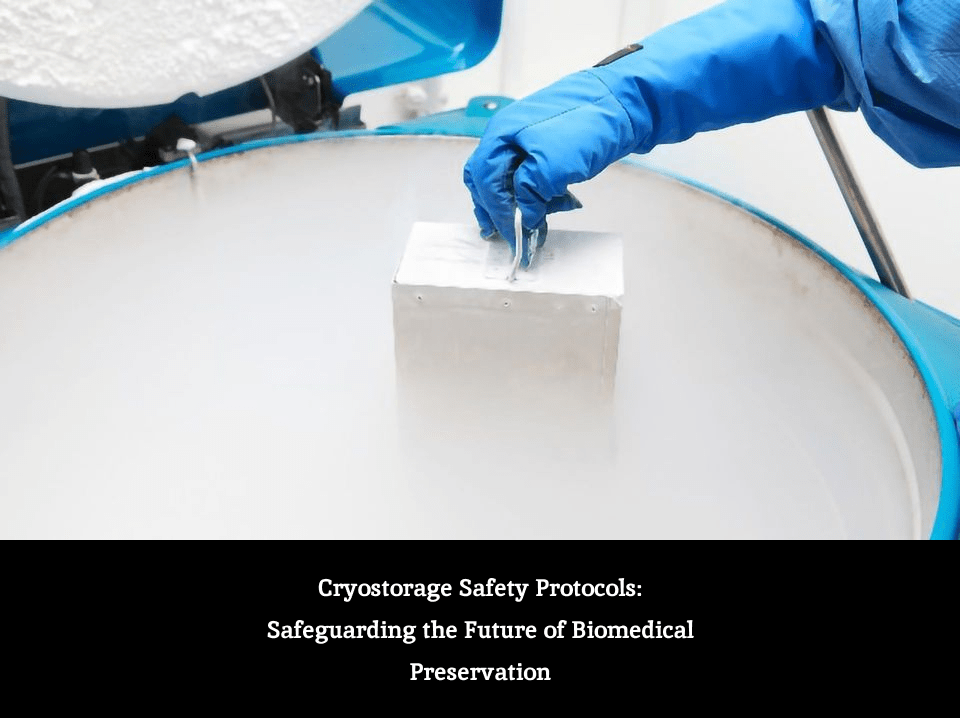Cryostorage Safety Protocols

Cryostorage safety protocols are critical measures implemented to ensure the secure and efficient preservation of biological samples at extremely low temperatures. These protocols are indispensable in various fields, including medicine, research, and biotechnology, where the long-term preservation of biological material is vital. Here are some of the most commonly asked questions regarding cryostorage safety protocols:
Frequently Asked Questions about Cryostorage Safety Protocols
What is cryostorage?
Cryostorage involves storing biological materials, such as cells, tissues, or organs, at extremely low temperatures, typically below -150°C (-238°F). This process halts cellular activity and preserves the samples for extended periods.
Why are safety protocols essential in cryostorage?
Safety protocols are crucial to prevent sample contamination, maintain equipment integrity, and ensure the safety of personnel handling the cryogenic materials. They help mitigate the risks associated with cryogenic substances and equipment failure.
What safety measures are implemented in cryostorage facilities?
Cryostorage facilities enforce strict access controls, use specialized equipment designed for ultra-low temperatures, and have robust emergency response plans. They also train personnel in safe handling and storage procedures.
How are samples protected from contamination?
Samples are typically stored in specially designed containers and canisters resistant to extreme temperatures. Strict sample handling, labeling, and tracking protocols are implemented to prevent contamination and maintain sample integrity.
What precautions are taken for personnel safety?
Personnel working with cryogenic materials are provided with appropriate personal protective equipment (PPE), including insulated gloves, face shields, and lab coats, to protect against exposure to extreme cold and potential spills.
How Often Should Cryostorage Equipment Be Maintained?
Regular maintenance schedules are crucial for cryogenic storage units. Equipment undergoes routine inspections, performance checks, and maintenance to ensure proper functioning and prevent malfunctions that could compromise sample integrity.
Conclusion
Cryostorage safety protocols are pivotal in preserving biological samples and maintaining their integrity for future use in research, medicine, and biotechnology. By adhering to stringent safety measures, including proper equipment maintenance, personnel training, and contamination prevention, cryostorage facilities ensure the longevity and reliability of stored samples. These protocols not only safeguard the samples but also contribute significantly to the advancement of scientific discoveries and medical breakthroughs. As technology progresses, continual enhancements in safety protocols will further bolster the efficacy and security of cryostorage methods, making them indispensable tools in various fields.
